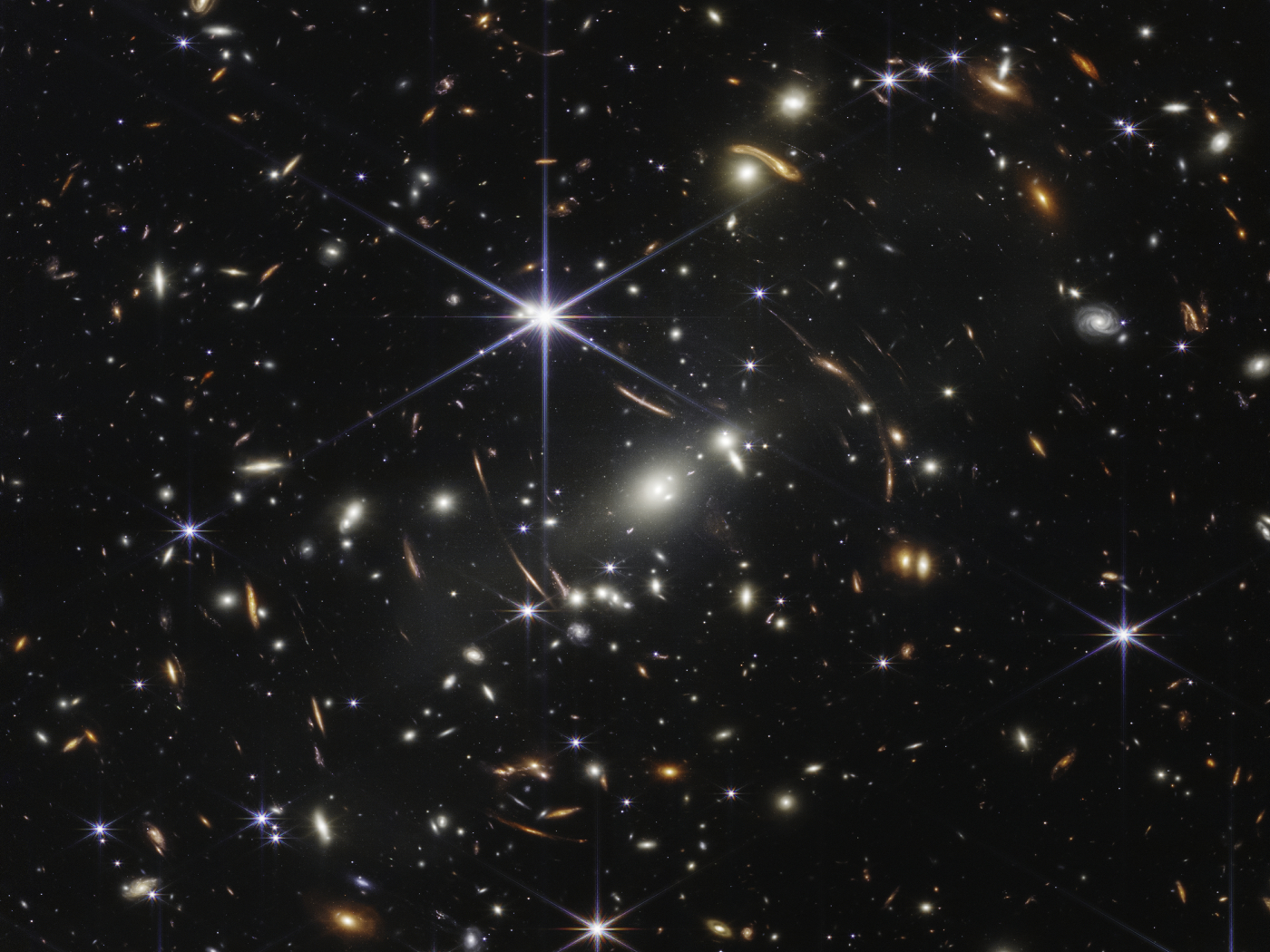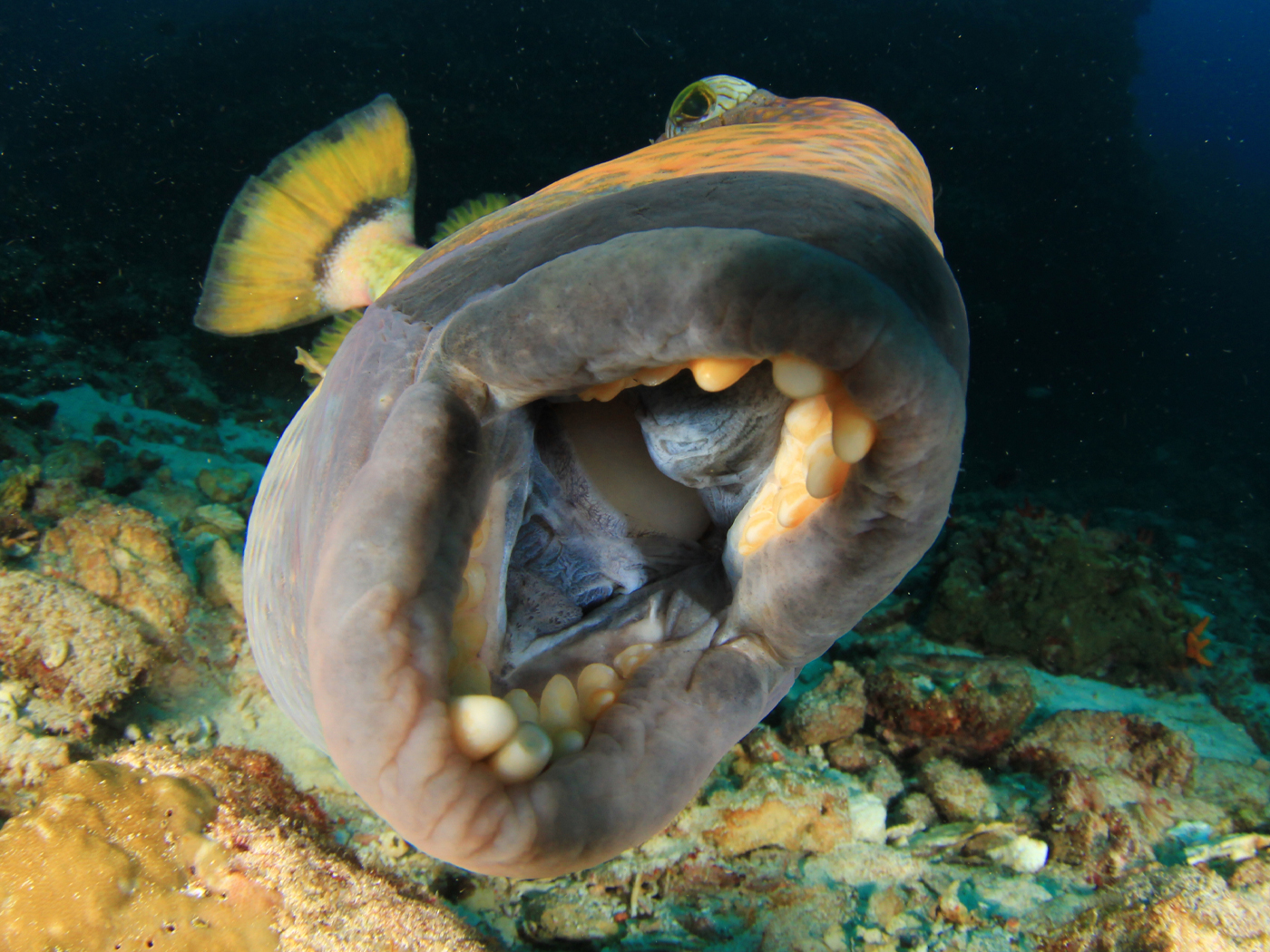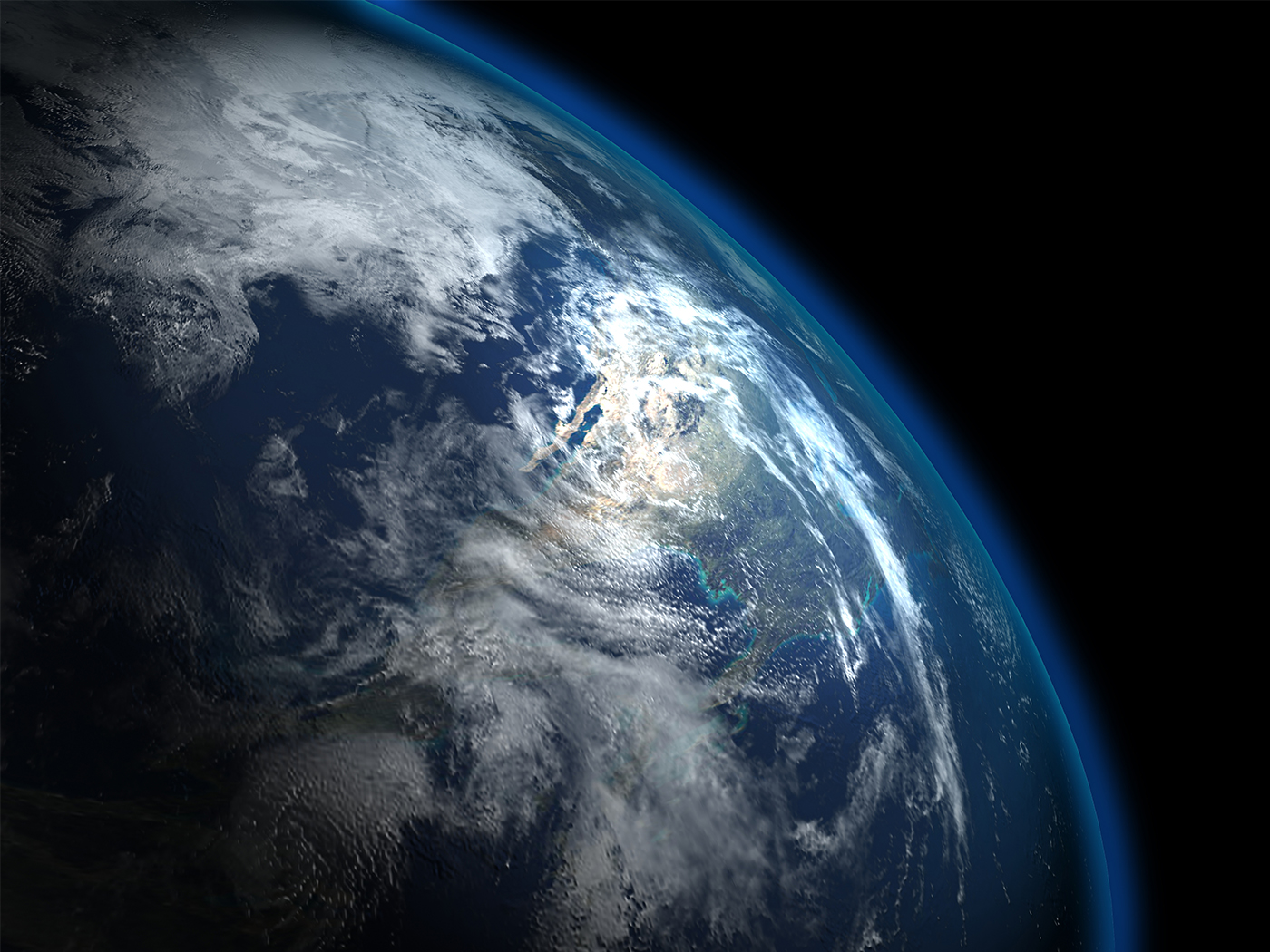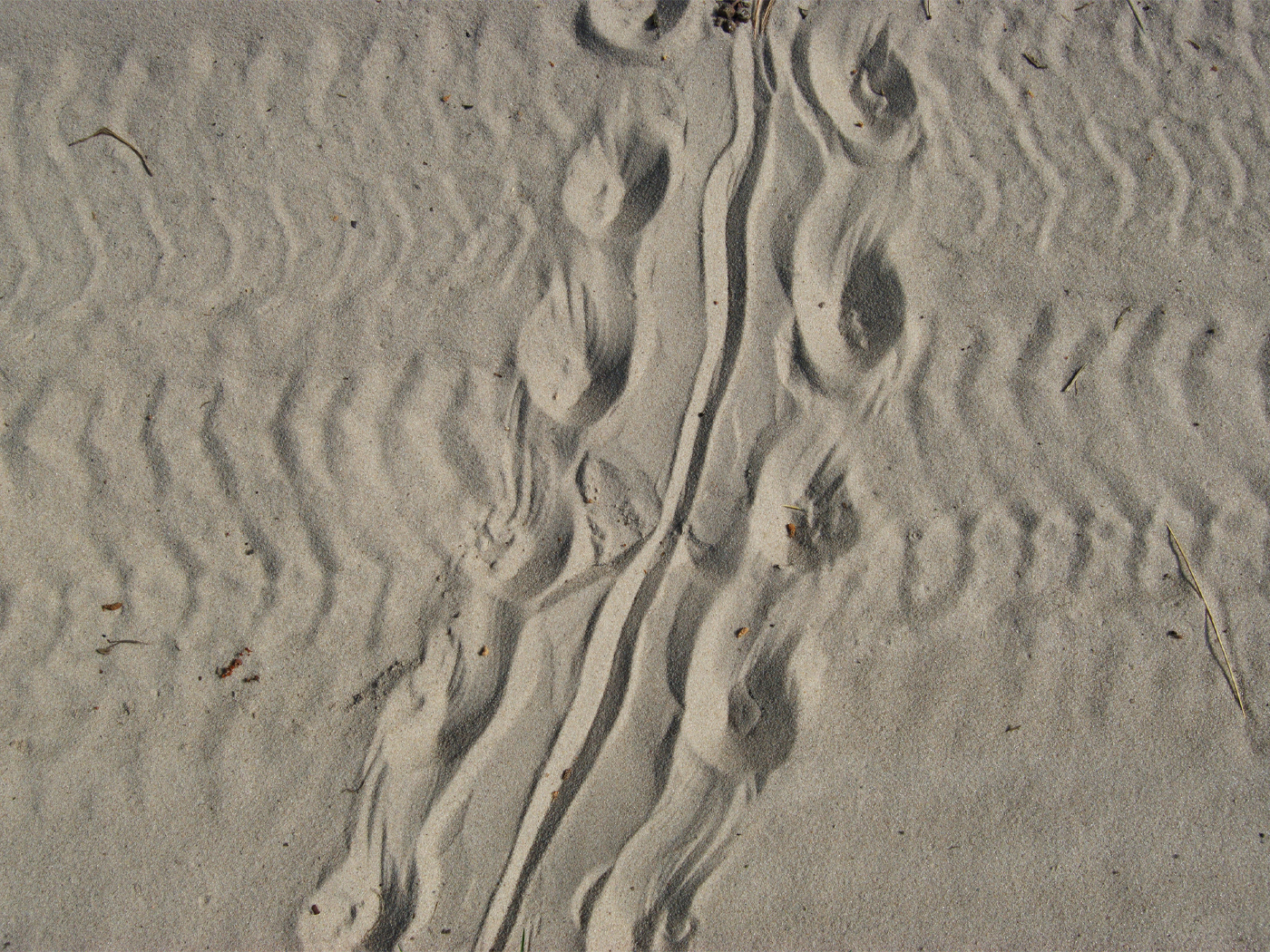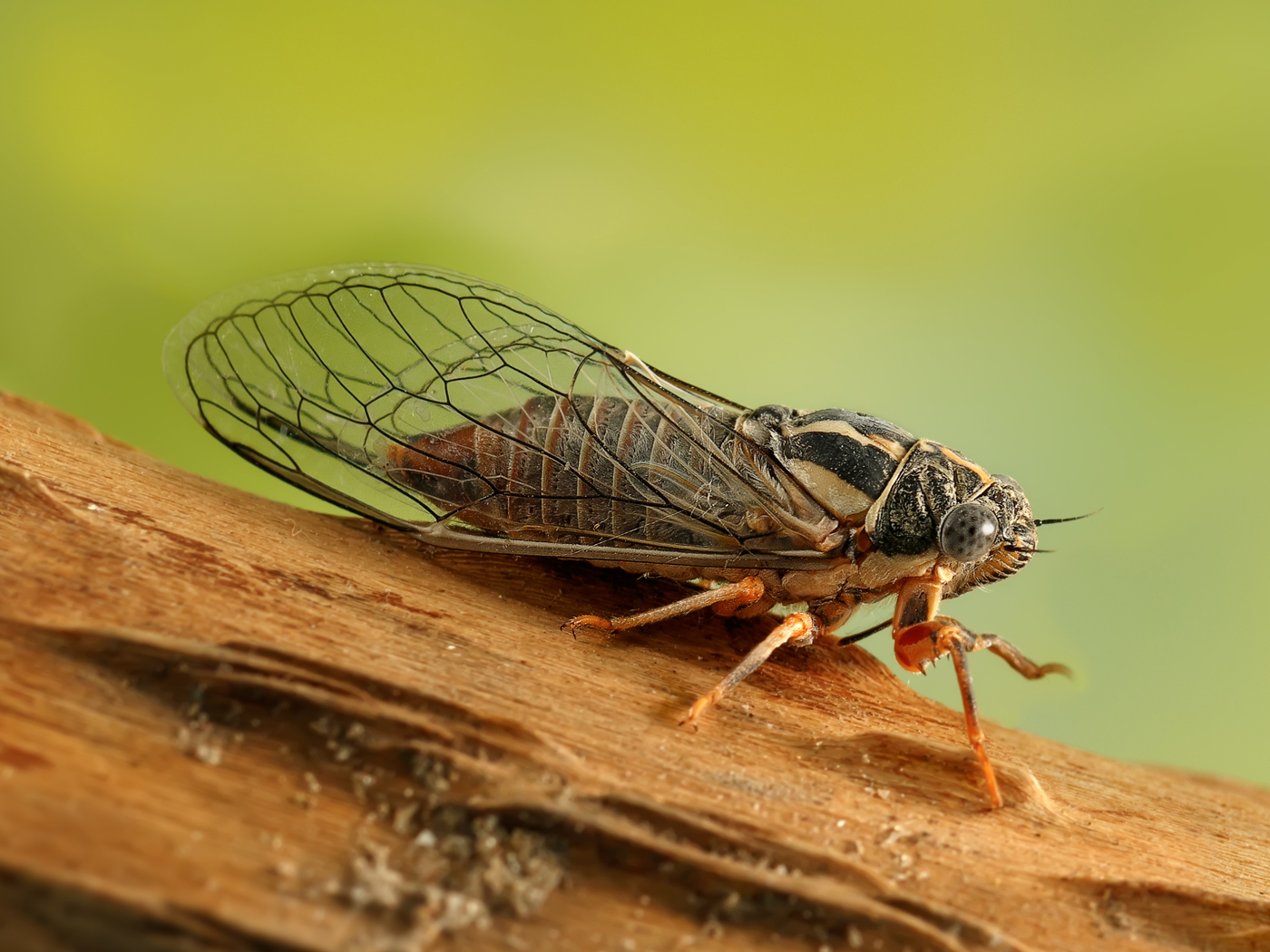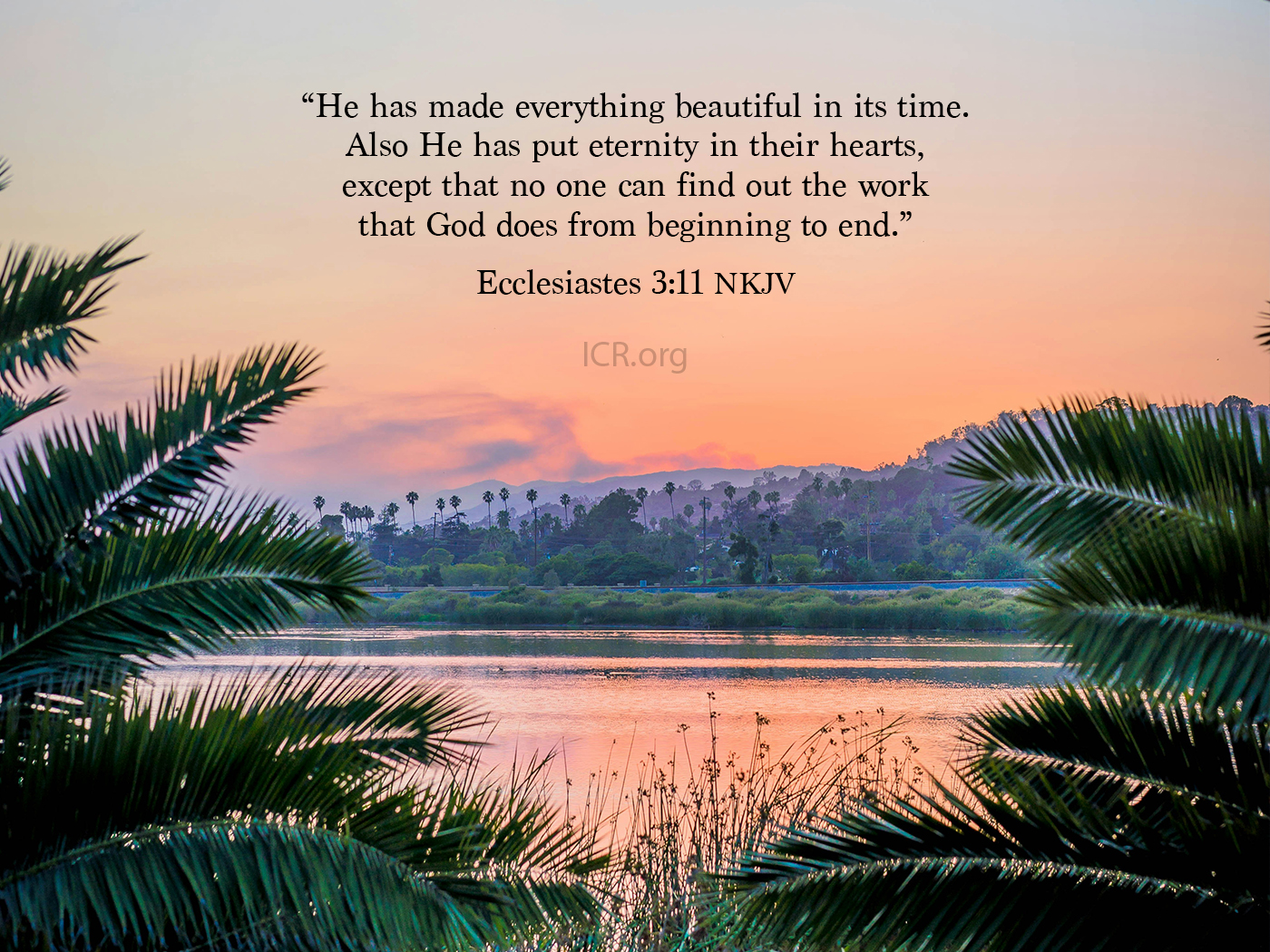In the midst of this current coronavirus crisis, we would like to remind our readers that although we live in a fallen and corrupted creation where many things are out-of-whack and even harmful, many things are still serving important non-threatening purposes—like most harmless viruses. A new study has been published showing how ocean viruses are an important part of the food chain.1
Virus particles in the sea are abundant and over 150 million can be in a small glass of sea water. And, most importantly, new research is showing how these viral particles can serve as lunch for a wide variety of ocean creatures that consume them during the process of filtering seawater for food and oxygen. Some good examples are sea sponges and oysters.
In this recent study, Japanese oysters that filter seawater for oxygen and food, such as algae and bacteria, were tested in the lab for their ability to consume viral particles. During the experiment, the oysters were denied both bacteria and algae to eat, but allowed virus particles. Amazingly, it was found that the Japanese oysters filtered out twelve percent of the virus particles from the water.
These results place the oyster in fourth place for the group of creatures that were tested. Other organisms that were found to be significant viral feeders were sponges, cockles (edible saltwater clams), and crabs. In fact, the sponges reduced the levels of virus in ocean water by up to 94 per cent in only three hours.
Until this groundbreaking study, it was largely unknown that different types of sea animals could have such a significant impact on ocean virus populations. Not only does this study help explain yet another original purpose for marine viruses, it also adds another dimension to the overall complexity of God’s creative systems-based engineering of ocean ecology.
Scientists previously knew that a major group of ocean viruses called bacteriophages that infect bacteria are highly abundant and play critical ecosystem roles in regulating bacterial populations and thus have a huge impact on biogeochemical cycling on a global scale.2 In fact, not only do bacteriophages regulate ocean bacterial populations by infecting and killing them, but they are also capable of altering the cellular metabolism of infected bacteria by not killing them and simply changing the bacteria’s gene expression patterns. And now we have evidence that the viruses can also serve as an important food source for a diversity of ocean life as well. Truly, the complexity of God’s creation is vast and overwhelming.
References
1. Welsh, J.E. et al. 2020. Marine virus predation by non-host organisms. Scientific Reports. DOI: 10.1038/s41598-020-61691-y.
2. Breitbart, M. et al. 2018. Phage puppet masters of the marine microbial realm. Nature Microbiology. 3: 754–766.
*Dr. Tomkins is Life Sciences Director at the Institute for Creation Research and earned his doctorate in genetics from Clemson University.
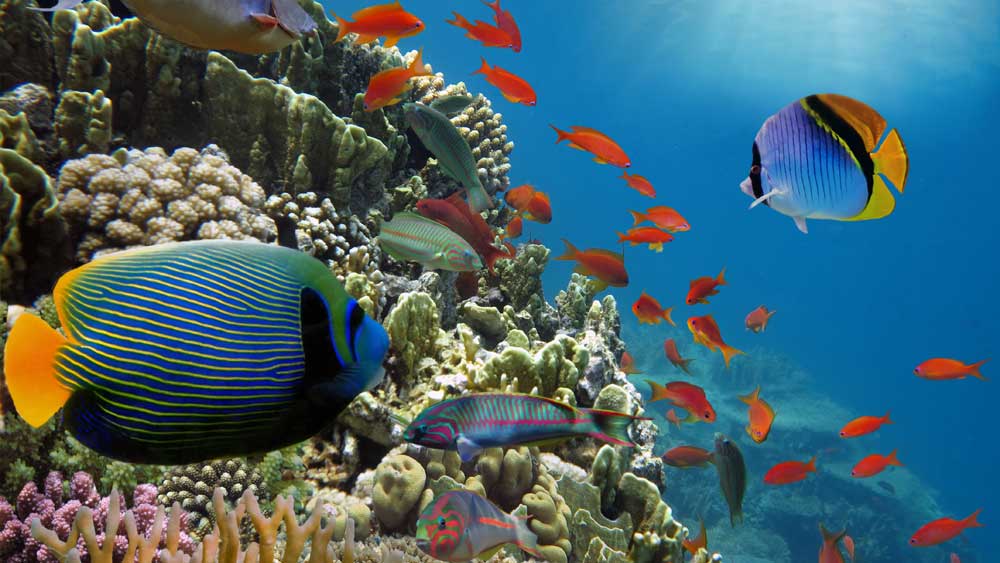
Viruses Make Good Food For Sea Creatures
The Latest
Distant Galaxies Continue to Challenge the Big Bang
Recently, a team of scientists released data collected from 800,000 galaxies at different distances from Earth, all lying within the same narrow slice...
Did Teeth First Evolve as Sensory Tissue?
One of the mysteries of evolution (there are so many) is the origin of teeth.
The past few years have witnessed a remarkable flurry of research...
''The Flood of Death'': A Mass Dino Grave in Canada
Paleontologists in Alberta, Canada, have recently unearthed “a mass grave on a monumental scale.”1 The BBC story speaks of
Thousands...
CREATION PODCAST
The 100th Episode of The Creation Podcast! | Let's Talk About...
What role do in-person events play for a creation science ministry? How can you host an event through ICR? Are these events still important...
Bone, Skin, Claw Lasted…150 Million Years?
Experts and educators have long assumed Archaeopteryx represents a transition from theropod dinosaurs to modern birds. All of this speculation depends...
How Did Earth Get Its Water?
Earth’s oceans contain 321 million cubic miles (1.335 billion cubic kilometers) of water. The moon causes ebb and flow of tides twice in a 24-hour...
New Fossil Discovery Upends Animal Evolution...Again
Reptiles belong to a group of animals called amniotes that also include birds and mammals. A new Australian fossil discovery of a clawed amniote demonstrates...
100% Cicada Fossil
Cicadas are an unusual-looking insect belonging to the order Hemiptera (the true bugs, including bed bugs and aphids). If you live in the eastern United...
CREATION PODCAST
Earth’s Origins: Science, Theology, and a New Geology Textbook...
Since the late eighteenth century, most scientists have argued for a uniformitarian view of Earth’s history. They claim the world...
June 2025 ICR Wallpaper
"He has made everything beautiful in its time. Also He put eternity in their hearts, except that no one can find out the work that God does from...





